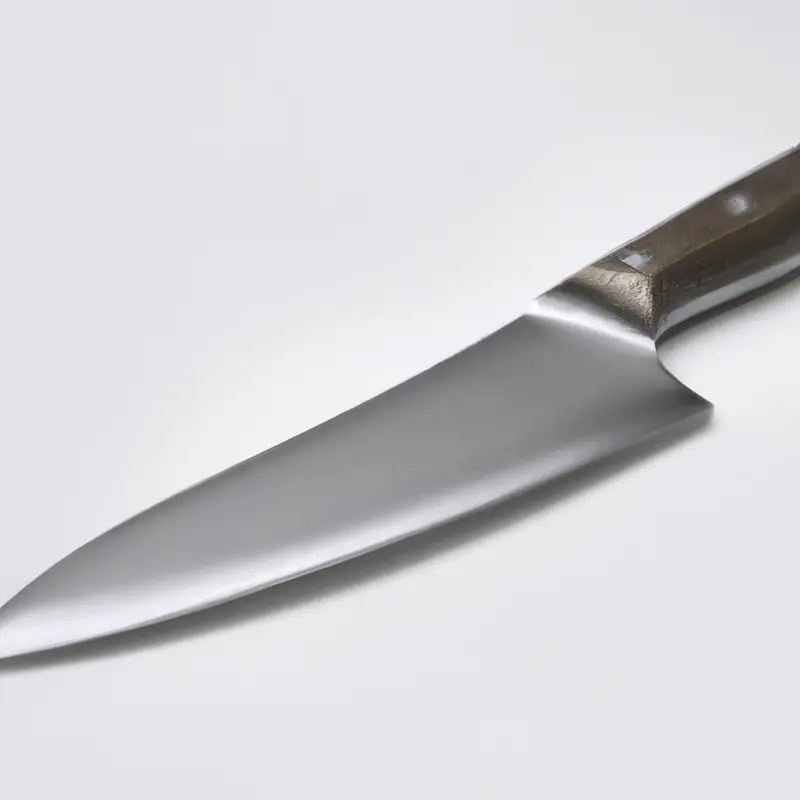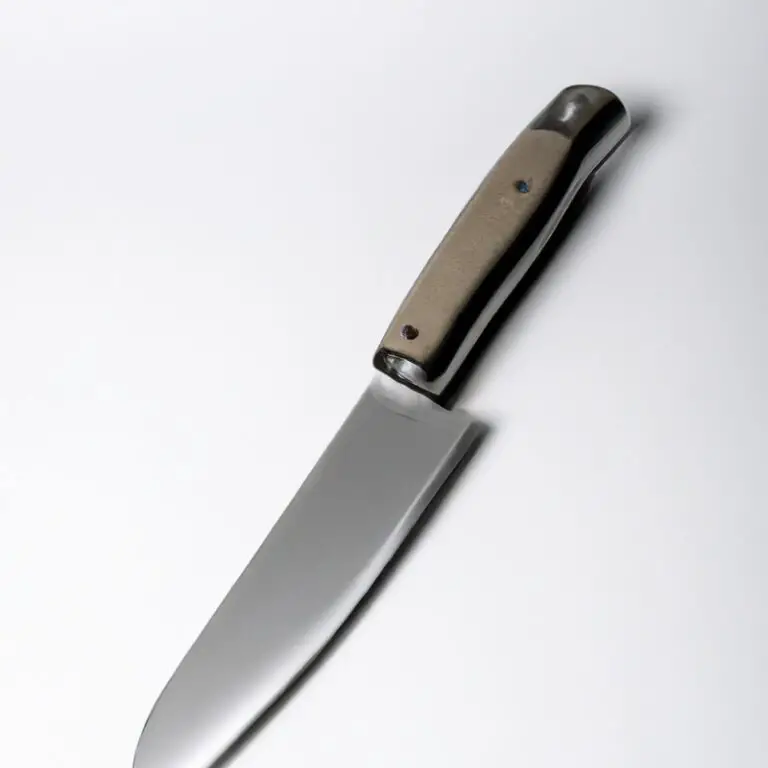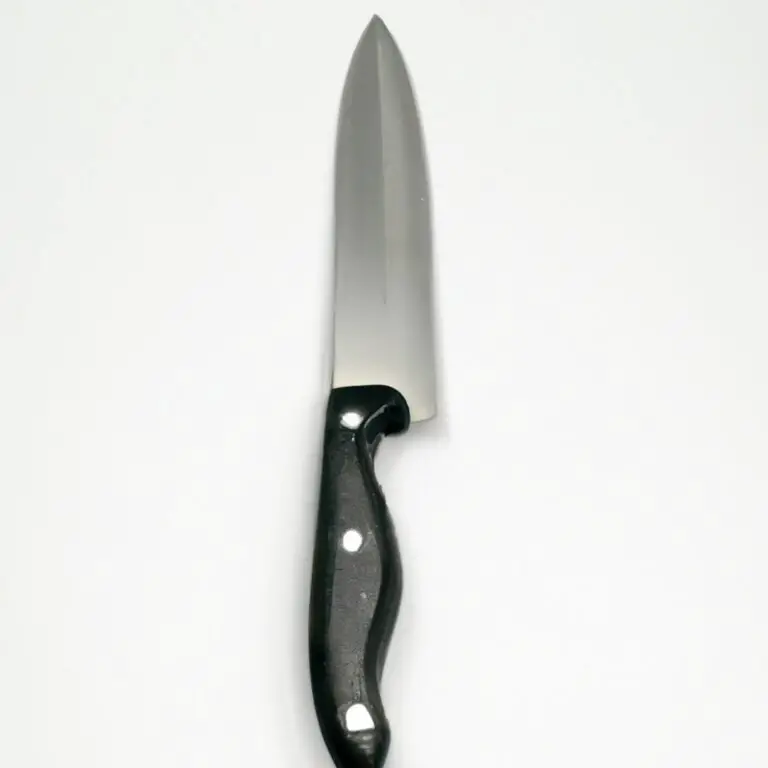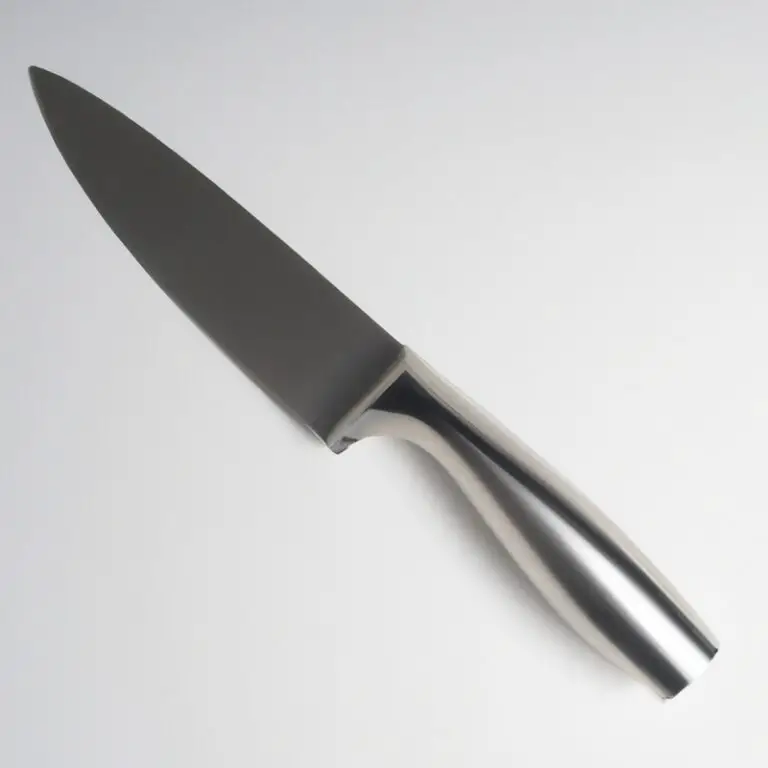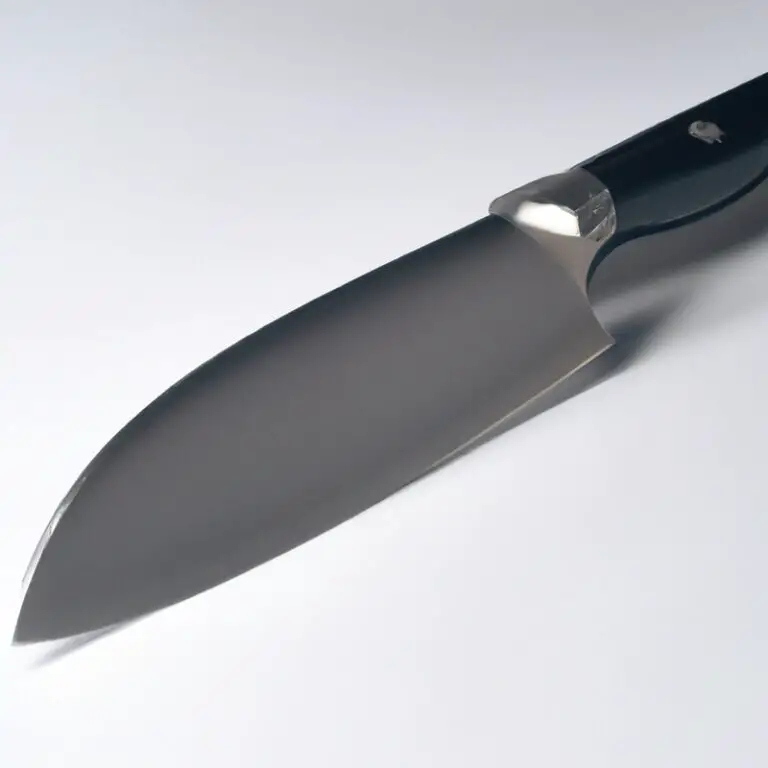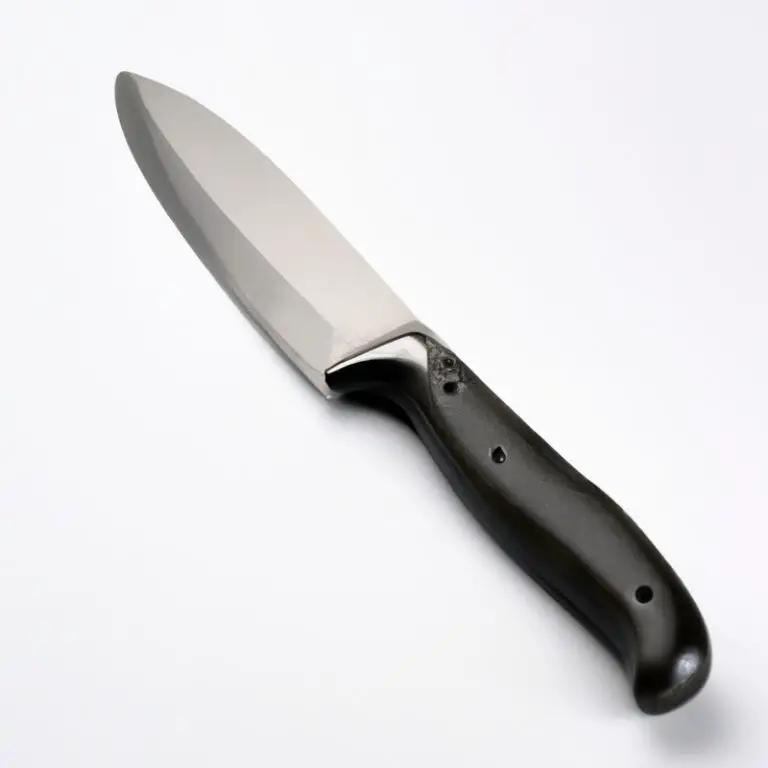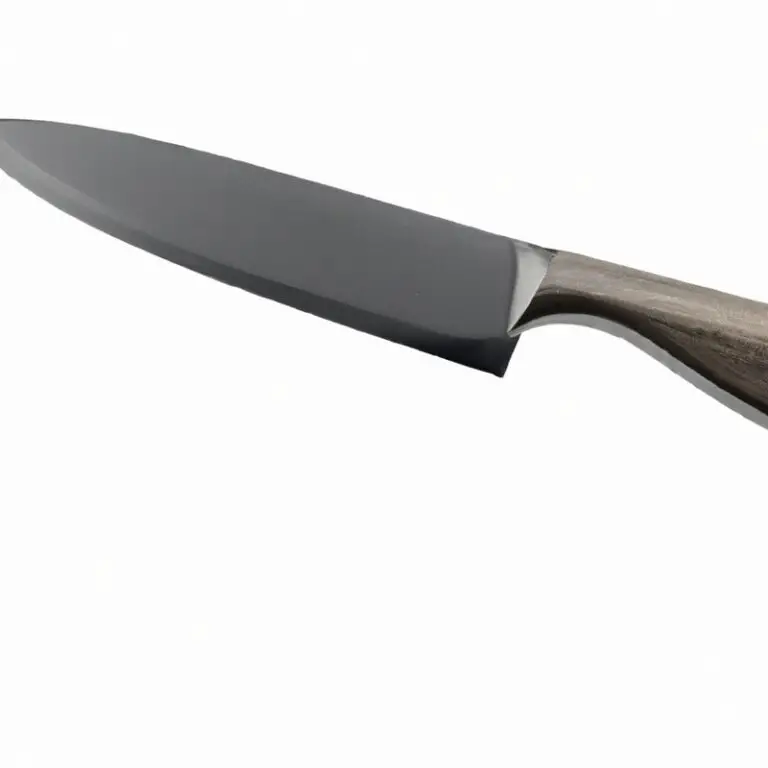How Do I Clean And Maintain My Paring Knife? Tips
Key Takeaways:
- Regularly clean your paring knife with soap and water to prevent bacteria growth.
- Use a sharpening stone to maintain the sharpness of your paring knife.
- Always store your knife in a sheath or a knife block to prevent any damage.
- Proper maintenance will extend the lifespan of your paring knife and ensure optimal performance.
Whether you’re a professional chef or an enthusiastic home cook, a paring knife is an essential tool in your kitchen. This versatile blade is perfect for prepping fruits, vegetables, and other small foods.
However, like any other tool, a paring knife requires proper care and maintenance to keep it sharp and efficient.
In this blog post, I will share with you the materials required for cleaning and maintaining your paring knife, a step-by-step guide to keep your knife clean, and tips for sharpening and honing it. Plus, I’ll reveal some common mistakes to avoid that can damage your knife beyond repair.
So, let’s get started!
| Before first use | After each use | Occasional maintenance | |
| Cleaning | Wash knife with warm soapy water, rinse and dry thoroughly | Wash knife with warm soapy water, rinse and dry thoroughly | Clean the handle with a damp cloth and dry thoroughly; wipe blade with a damp cloth and dry thoroughly |
| Sharpening | Not required for a new knife | Use honing steel to keep the edge sharp; sharpen if necessary | Sharpen the blade using a sharpening stone or an electric sharpener |
| Storage | Store the knife in a knife block or sheath | Store the knife in a knife block or sheath | Check the knife block or sheath for any dirt or debris; store the knife in a dry place |
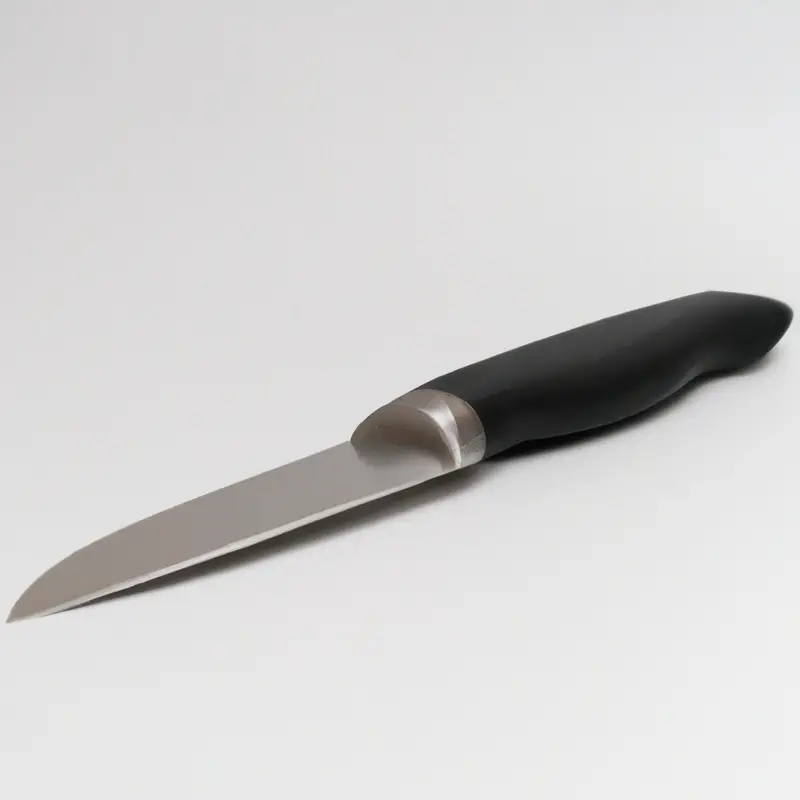
Understanding the Importance of Proper Cleaning and Maintenance
Proper cleaning and maintenance of paring knives is crucial for their longevity. Neglecting this process can lead to rust, dullness, and even damage to the blade.
Regular cleaning removes dirt and debris that can cause corrosion and damage the blade’s integrity.
Maintenance includes sharpening, honing, and storing the knife correctly to prevent accidents and damage. A well-maintained paring knife will perform its intended function and save you money in the long run by reducing the need for replacement.
Materials Required for Cleaning and Maintaining Paring Knives
To properly clean and maintain a paring knife, a few materials are required. These include a soft sponge or cloth, mild dish soap, warm water, a cutting board, a honing steel, and a knife block or sheath for storage.
Avoid using abrasive materials such as steel wool or harsh chemicals as they can damage the blade or handle of the knife.
It is also recommended to use a separate cutting board for your paring knife to prevent cross-contamination of flavors. Proper materials and maintenance can prolong the life of your paring knife and ensure optimal performance.
Step-by-Step Guide to Cleaning Paring Knives
To clean your paring knife properly, follow these simple steps:
- Rinse the blade with warm water immediately after use to remove any food residue.
- Use a soft sponge or cloth with mild dish soap to gently scrub the blade.
- Rinse the blade with warm water and dry it with a clean towel.
- Use a cotton swab or toothbrush with white vinegar to remove any stubborn stains or rust spots.
- Rinse the blade with warm water and dry it thoroughly before storing it away.
Remember to always avoid using abrasive scrubbers or harsh detergents that can damage the blade or handle of your paring knife.
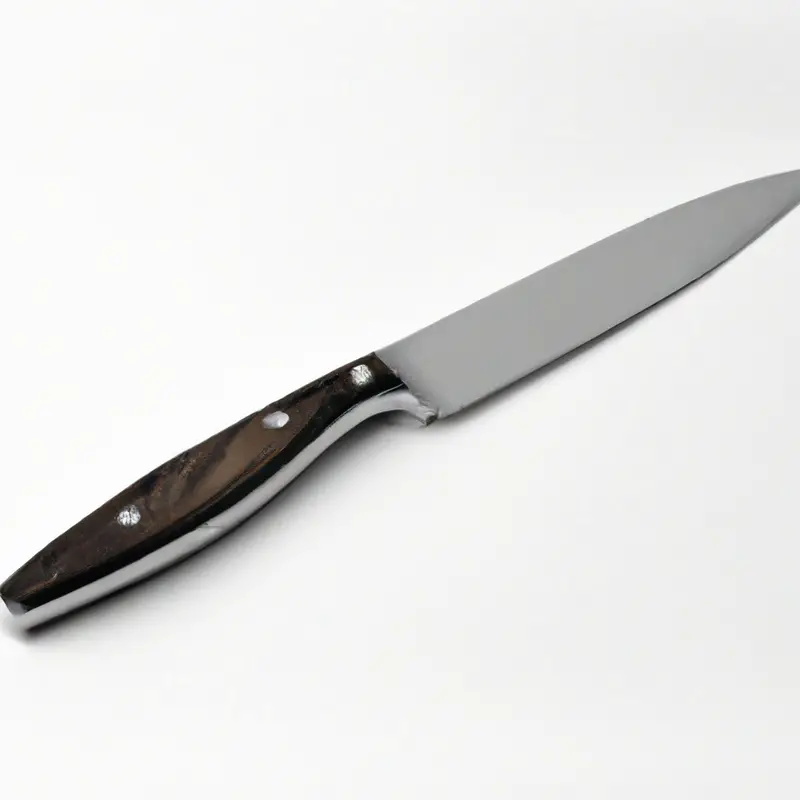
Tips for Sharpening and Honing Paring Knives
Tips for Sharpening and Honing Paring Knives:
- Use a Sharpening Stone: Sharpening stones come in different types of grits- coarse, medium, and fine. Coarse grit is suitable for repairing damaged edges, while the medium and fine grits are for maintaining sharp edges.
- Angle Matters: Maintaining a consistent angle when sharpening your paring knife is crucial. A 20-degree angle is ideal for paring knives.
- Honing Steel: Use honing steel frequently to maintain the sharpness of your paring knife. Holding the honing steel vertically, apply slight pressure, and slide the knife along the steel.
- Stropping: Stropping involves running your knife blade over a piece of leather. It helps to maintain the sharpness of the knife.
- Keep your Paring Knife Clean: After sharpening, make sure to clean and dry your paring knife before storing it.
Remember to take your time while sharpening your paring knife, and always follow the manufacturer’s instructions. With these tips, you can keep your paring knife sharp and efficient for a long time.
Storage Options to Prevent Damage to Paring Knives
After cleaning and honing your paring knife, it’s important to store it properly to prevent damage and ensure longevity. Here are some storage options to consider:
- Magnetic Knife Holder: A magnetic knife holder keeps your paring knife off the counter, preventing damage from other kitchen tools. It’s also a space-efficient and visually appealing storage option.
- Knife Block: A knife block provides ample storage space and protects your paring knife from dust, scratches, and other elements. However, it can take up significant counter space.
- Drawer Insert: A knife drawer insert is a safe and convenient way to keep your paring knife close at hand. It also protects your knife from damage caused by other utensils.
- Sheath: A knife sheath is a great option if you want to store your paring knife in a drawer or take it with you on-the-go. It protects your knife from damage and keeps it clean.
No matter which storage option you choose, make sure your paring knife is fully dry before storing it. Always avoid storing your knife loose in a drawer or letting it come into contact with other metal objects.
Taking care in how you store your paring knife can help prolong its life, and maintain its quality.
Common Mistakes to Avoid When Cleaning and Maintaining Paring Knives
One common mistake when cleaning and maintaining paring knives is using abrasive cleaning materials like steel wool and abrasive cleaners, which can scratch the blade’s surface. Another mistake to avoid is leaving your paring knife wet for an extended period, as it can lead to rust or corrosion of the blade.
Avoid using the dishwasher to clean your paring knives, as the high-temperature cycle can affect the blade’s sharpness and damage the handle’s integrity.
Additionally, don’t soak your paring knives in water too long, as it can cause the blade to weaken. It’s important to properly store your paring knives in a dedicated knife block or sheath to prevent damage from contact with other kitchen tools.
Lastly, avoid using your paring knife on hard surfaces like glass or granite, as it can chip or dull the blade.
By avoiding these common mistakes, you can ensure that your paring knife stays sharp and durable for longer, making it a reliable and useful tool for all your culinary needs.
Final Verdict
Proper cleaning and maintenance of your paring knife is crucial for its longevity and performance. By following the step-by-step guide and using the recommended materials, you can remove any buildup, prevent rust, and enhance the knife’s sharpness.
Remember to avoid common mistakes and choose suitable storage options to prevent damage to your paring knife.
Sharpening and honing are also essential techniques that will keep your knife in optimal condition. By implementing these tips, you can extend the lifespan of your paring knife and ensure a safe and efficient cooking experience.
Trust in the reliability of the information presented in this article and sharpen your skills in maintaining your paring knife like a pro!

